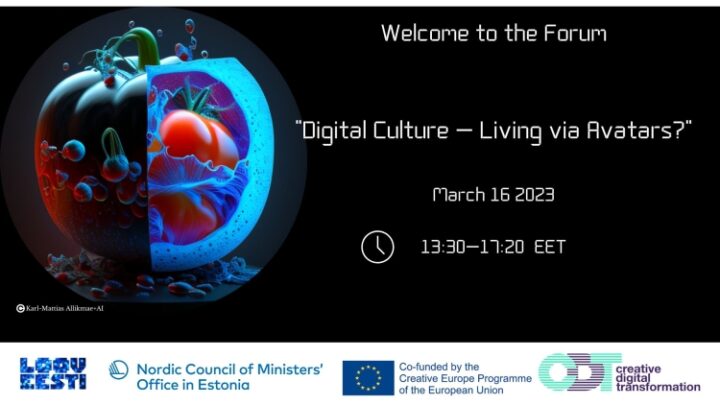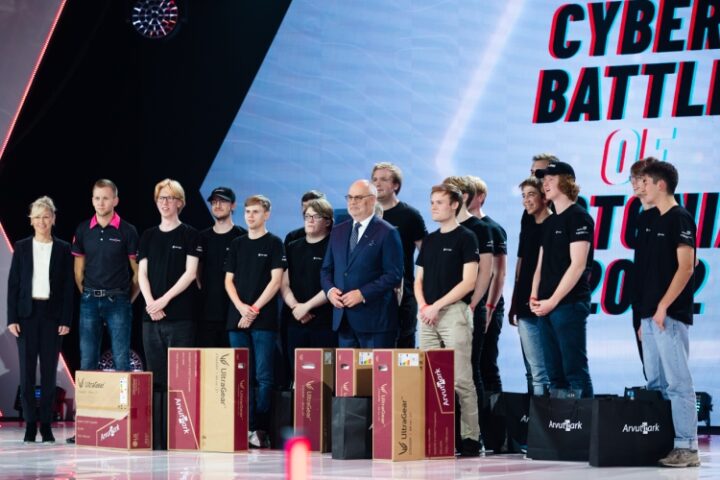What’s up in tourism?
| What does a ‘cluster’ mean in tourism? Is Estonia capable of sustaining its touristic attractiveness? What role do the Chinese play? The tourist economy is examined by Mr Ain Hinsberg from the Pärnumaa Tourism Foundation. The UN World Tourism Organisation has predicted the Baltic Sea region will be positioned between the two most vibrant tourist regions in Europe until 2020. Northern and Central/Eastern are Europe’s top tourist havens and the Baltic region is set to continue to benefit from their popularity. |
| Can single countries benefit from the common branding of the Baltic Sea Region (BSR) as a tourist destination or is it virtually impossible to promote the unique values of each? The Baltic countries, as they are relatively novel and undiscovered travel destinations, will definitely benefit from any common branding of the Baltic Sea Region. This is primarily because they do not yet have their own discernible image as individual locations. Other neighbouring countries are already apparently focusing more on their individual image. In the present day, where do tourists to Estonia come from? Are new nationalities arriving or are regular ones returning? Estonia receives its tourists mainly from Finland and the domestic market. Together, these account for 71% of overall overnight stays in Estonia. Regarding Finland, recent years have seen the preceding boom in numbers turn into a decline. Tourists from Sweden, Germany, Latvia, Russia, UK and Norway altogether constitute some 20% of overnights in Estonia. In 2006 and 2007 the growth of domestic or ‘inner’ tourism has reimbursed the declining numbers in incoming tourism. The fact that Estonia has been losing tourists from its main markets while tourism in Europe in general are soaring, reveals Estonia’s diminishing competitiveness in the region. The most relevant factors for this decline in attractiveness are the high prices of goods and services, inadequate price and quality relations, poor service quality, the small number of cheap and convenient direct transport connections from Europe’s major tourist markets and, last but not least, the lack of attractive and unique tourism products. Would it be possible to brand the Baltic Sea Region for Chinese tourists? How could that be done? It can be achieved only with joint Baltic Sea Region and Chinese branding as Chinese tourists generally do not discern such tiny countries. Instead they focus on larger regions in ‘mainland’ Europe. Which are the present day innovative solutions in tourism? Matching traditional product development and innovation. What does a cluster mean in tourism? Are there examples in Estonia? The National Tourism Development plan (2002-2005) partially stemmed from the principle of clusters. It implies the regional concentration of enterprises related to tourism and which co-operate with each other or supplement each others’ activities. Noteworthy clusters in Estonia could be Extended-Pärnu, Extended Otepää, Lahemaa, Extended Kuressaare and Extended Haapsalu. |


